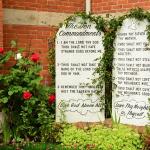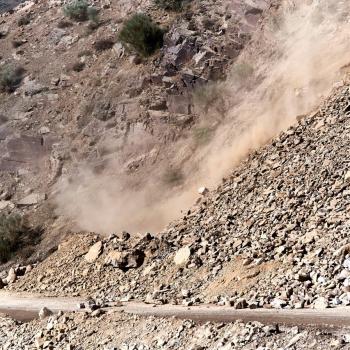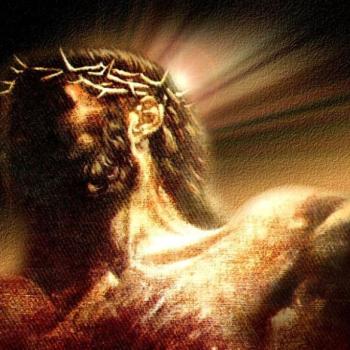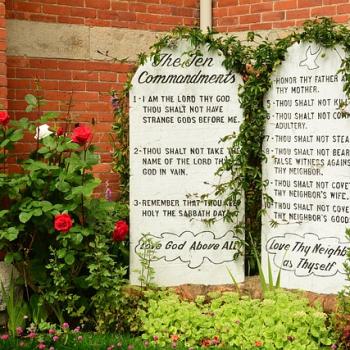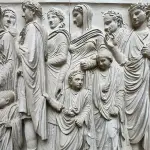
Evolution Of The Song
The song “America the Beautiful” is a collaborative work. Katharine Lee Bates penned a poem whose words became its lyrics. Several years later, the words were paired with the musical piece “Materna,” composed by Samuel A. Ward, a church organist and choirmaster at an Episcopal Church in Newark, New Jersey.
Bates wrote her poem, originally entitled “Pikes Peak,” in 1893. However, its publication did not occur until 1895. The poem first appeared in the July Fourth edition of a church newspaper, The Congregationalist,
In 1904, Bates revised her poem to add some of the song’s best-known words—”And crown thy good with brotherhood / From sea to shining sea.” Bates’ words and Ward’s music were combined in 1910 to produce what Americans know as “America the Beautiful.” Ward did not compose the music for this purpose though, having produced the tune to accompany a poem, “Materna” written by Scottish minister and theologian David Dickson.
Patriotic Singing
The words of “America the Beautiful” endeared the song to the country’s citizens. Not only did they view it as patriotic, but it was also seen as somewhat of a national hymn.
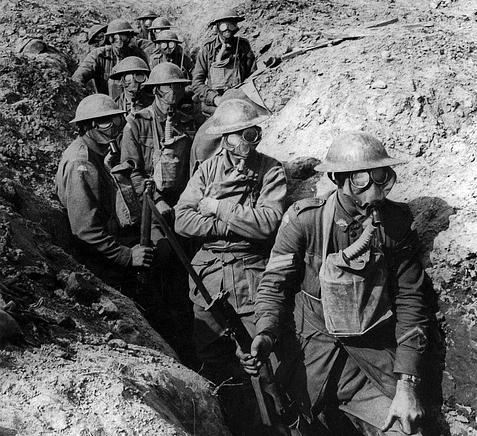
Performing The Song
Because of its popularity, numerous singers have recorded “America the Beautiful.” Ray Charles provided perhaps the most famous and beloved of these. The song appeared on his 1972 album “A Message To The People.” Charles later appeared and performed it at the 1984 Republican National Convention. Those in the audience included Ronald Reagan and George Bush, Sr. Listening to his soulful performance offers clear evidence of the superb job he does with this patriotic number. Ultimately, Charles’ recording made it to the Grammy Hall of Fame in 2005.
The song is commonly performed or played at numerous public events, including sporting events such as the pre-game for Super Bowl and for New Year’s Eve in Times Square. Political events also incorporate it. For example, singer/actress Jennifer Lopez sang “America the Beautiful” during Joe Biden’s presidential inauguration.
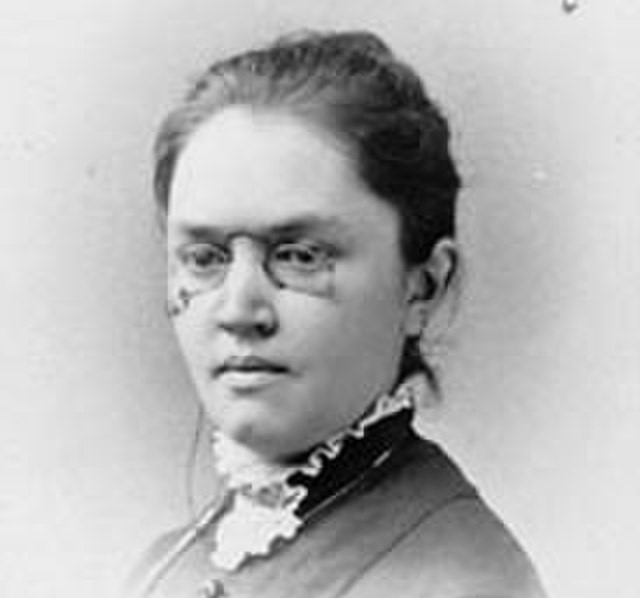
Woman Behind The Words
Katharine Lee Bates, the woman who penned the touching words to “America the Beautiful,” hailed from New England. She was born in Falmouth, Massachusetts to the town’s Congregationalist minister. Tragically, he died just a few short weeks after her birth, leaving a tough life ahead for his daughter.
Despite this difficult beginning, Katherine Bates flourished, becoming a professor of English literature at Wellesley College. In addition to teaching, Bates wrote extensively, producing poetry, travel books, textbooks, and even children’s stories. Many of her books and articles focused on social reform, and she became a noted speaker on the topic. Bates enthusiastically supported the emerging global peace movement following the end of World War I.
Inspiration Out West
In 1893, Bates agreed to teach a summer course on Chaucer at Colorado College in Colorado Springs. While traveling to Colorado for this summer position, Bates attended the impressive 1893 Chicago World’s Fair which highlighted industrial progress and resulting wealth.
At the end of the college’s summer term, Bates and several other professors decided to celebrate by embarking on an adventure to Pike’s Peak. But getting to the top of the mountain turned into a real expedition as the brand-new railway to the peak was broken. Undaunted, the group turned to prairie wagons and then mules for the ascent.
On The Mountain
The breathtaking views from Pike’s Peak put Bates in awe and inspired her to pen a poem about America’s beauty. The “purple mountain majesties” to which “America the Beautiful” refers is the shade of Pike’s Peak her eyes beheld.
Discussing her experience on the mountain later, Bates wrote: “All the wonder of America seemed displayed there.” To her, the view from the peak seemed “one ecstatic gaze.”
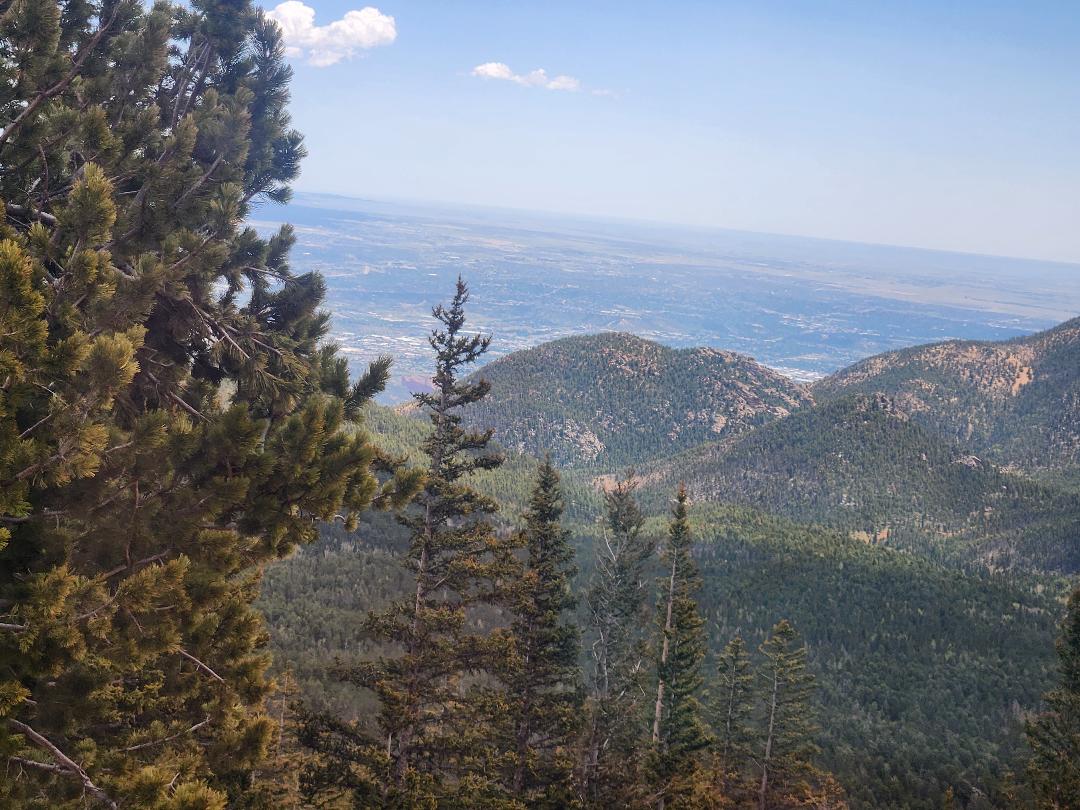
Source Of Inspiration
Learning the story behind the inspiring lyrics of “America the Beautiful” provides a better perspective of the cherished song. The words acknowledge the physical beauty of America as well as the ingenuity and spirit of its people. Bates recognized God’s hand in this creation and His blessings upon Americans. Let singing or hearing “America the Beautiful” any time of year evoke patriotism for our country and thanksgiving for our creative Heavenly Father and all He has blessed us with.



